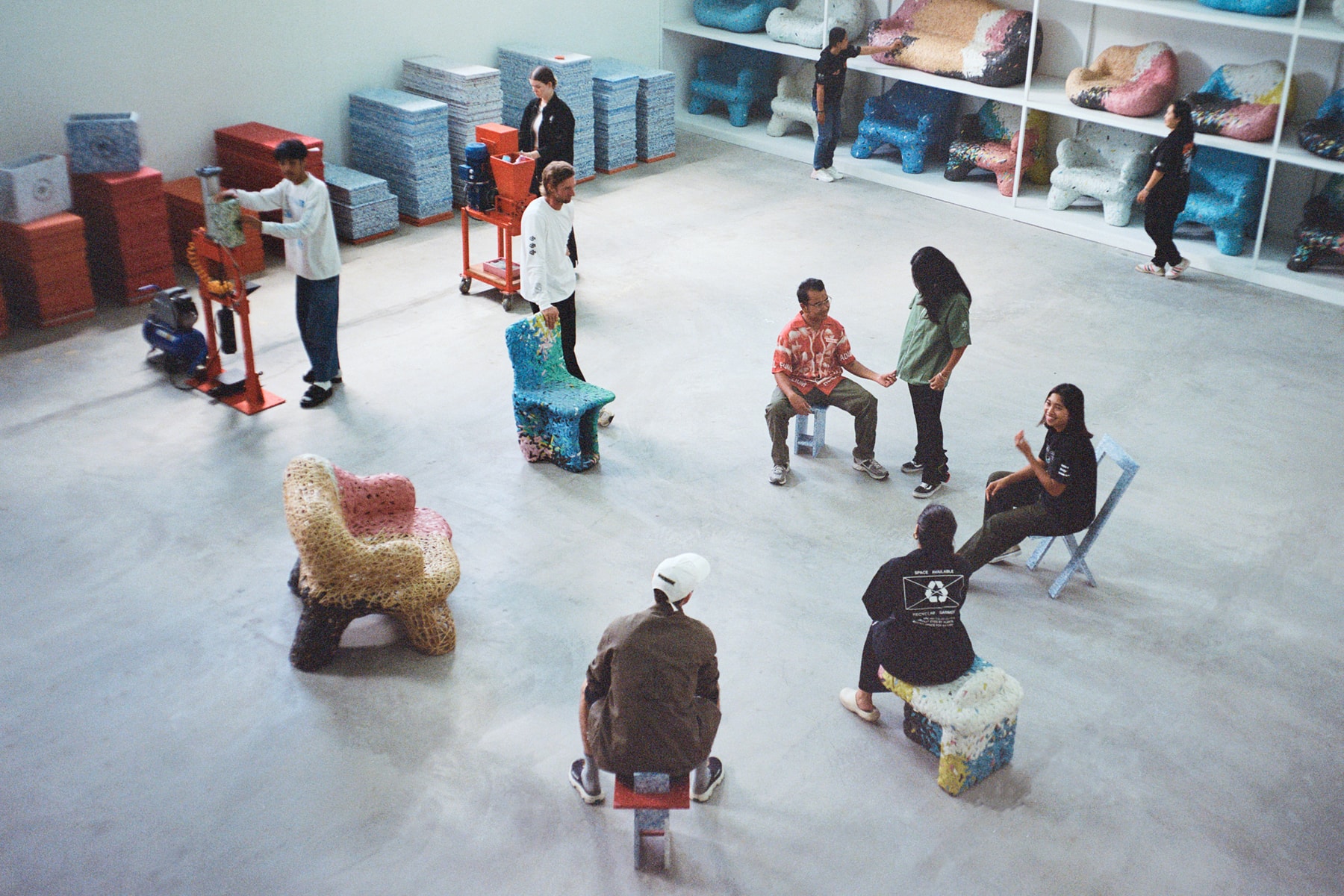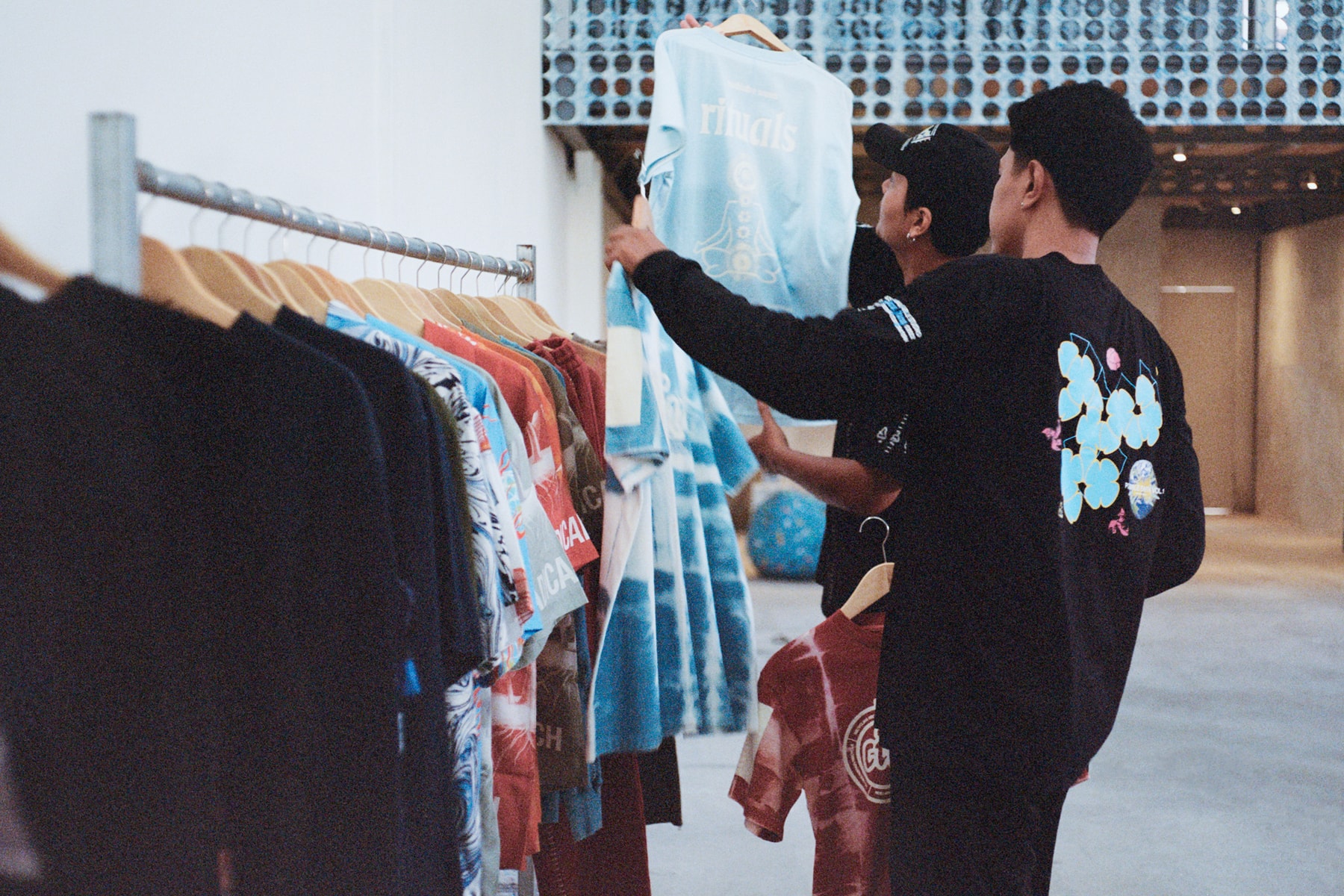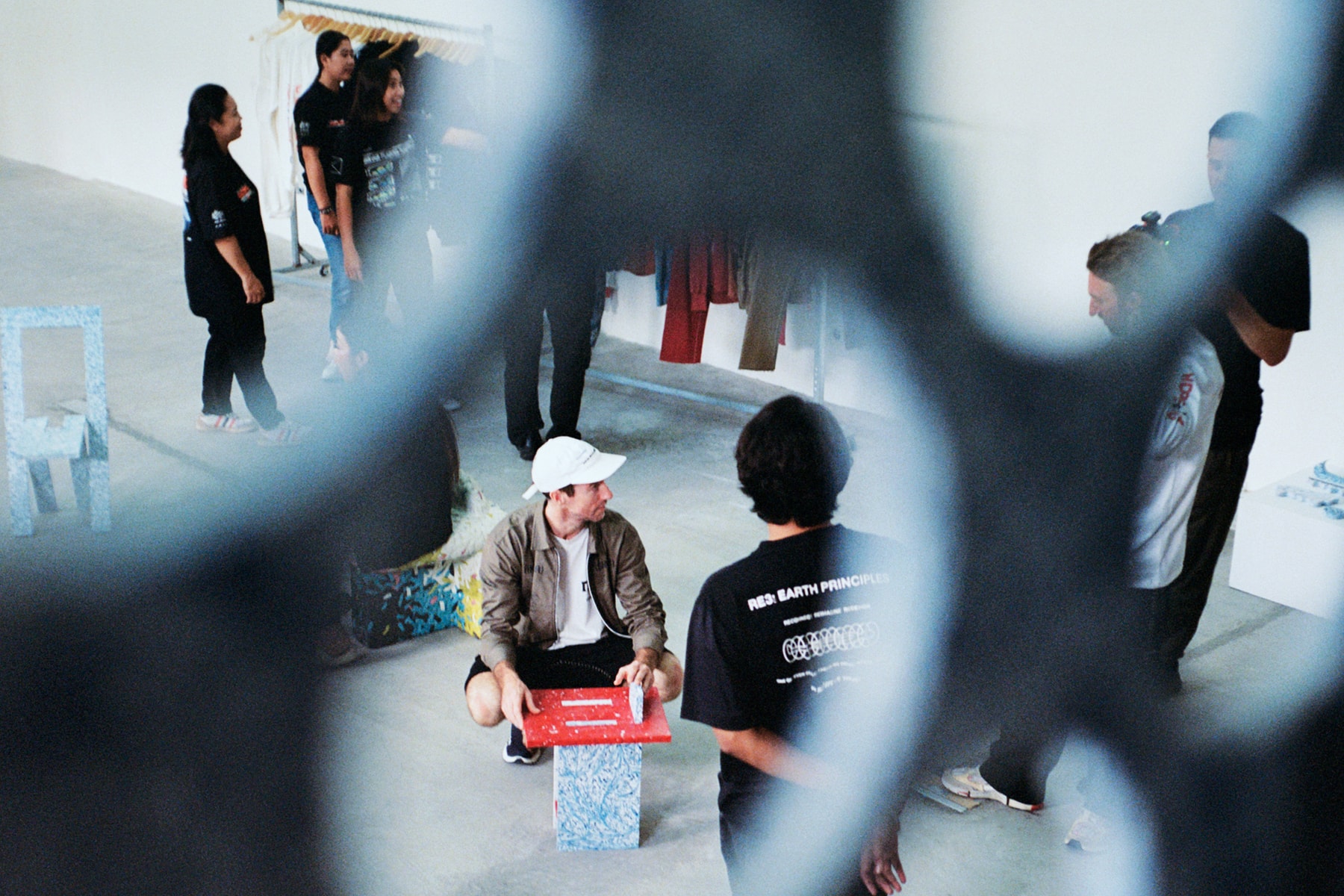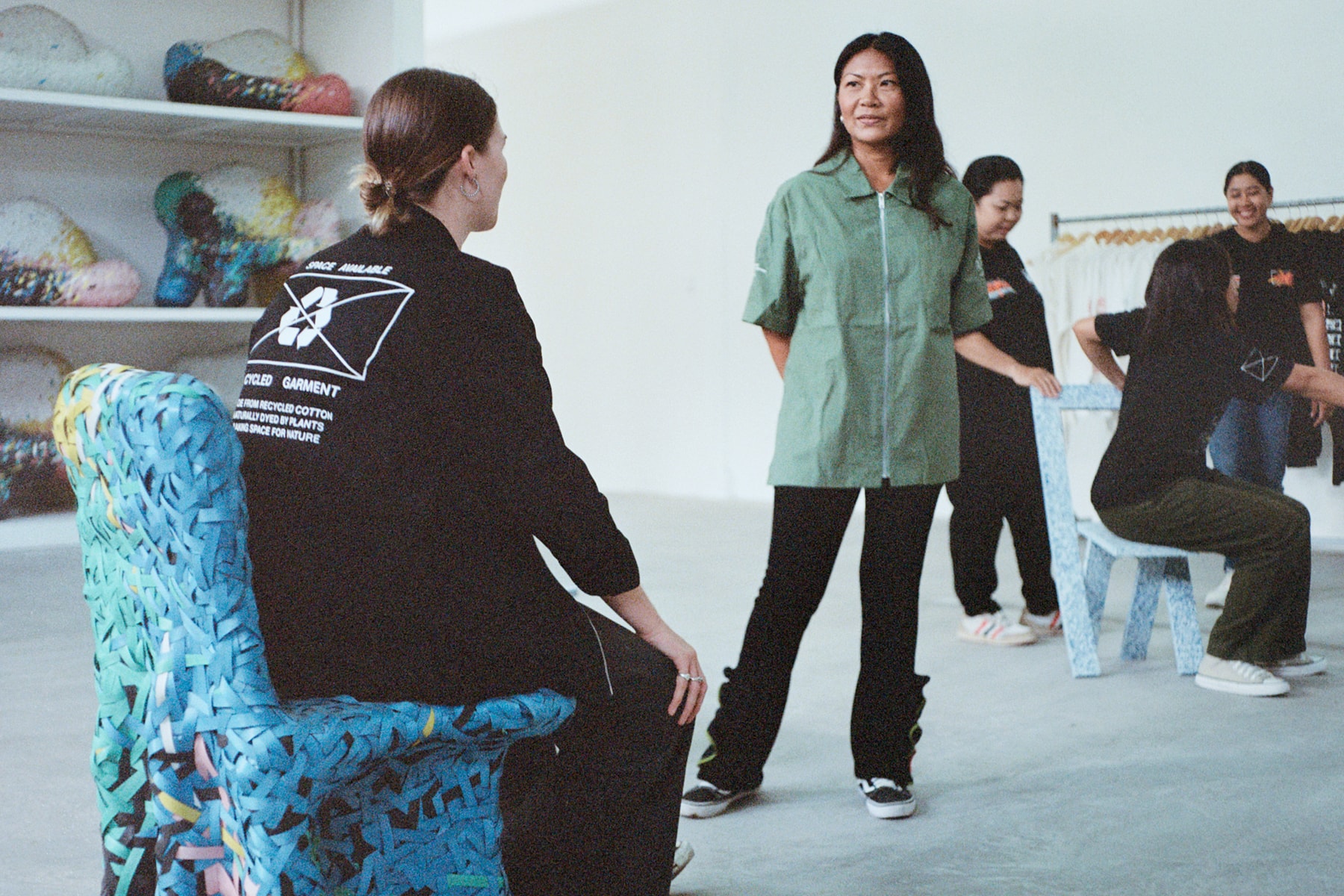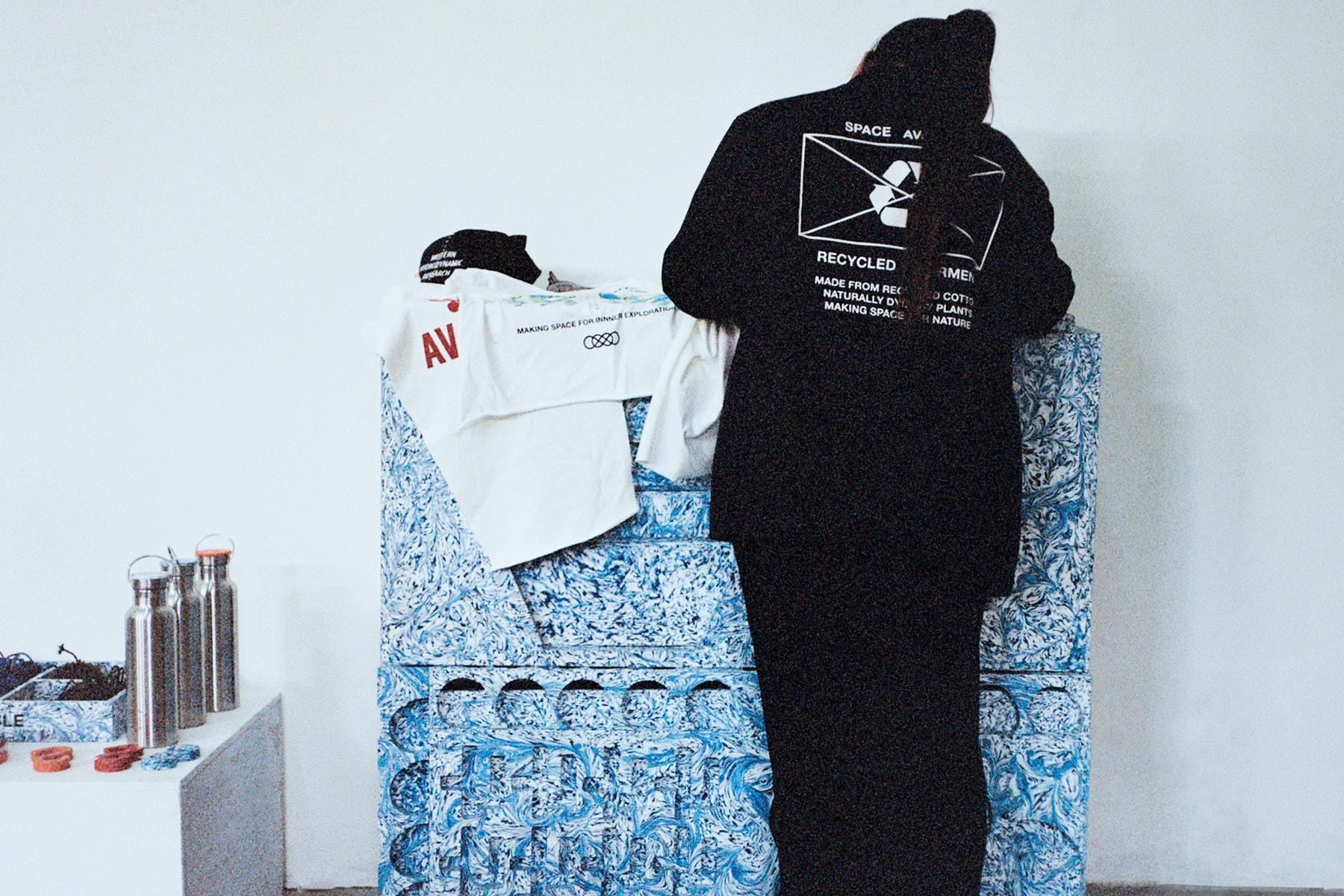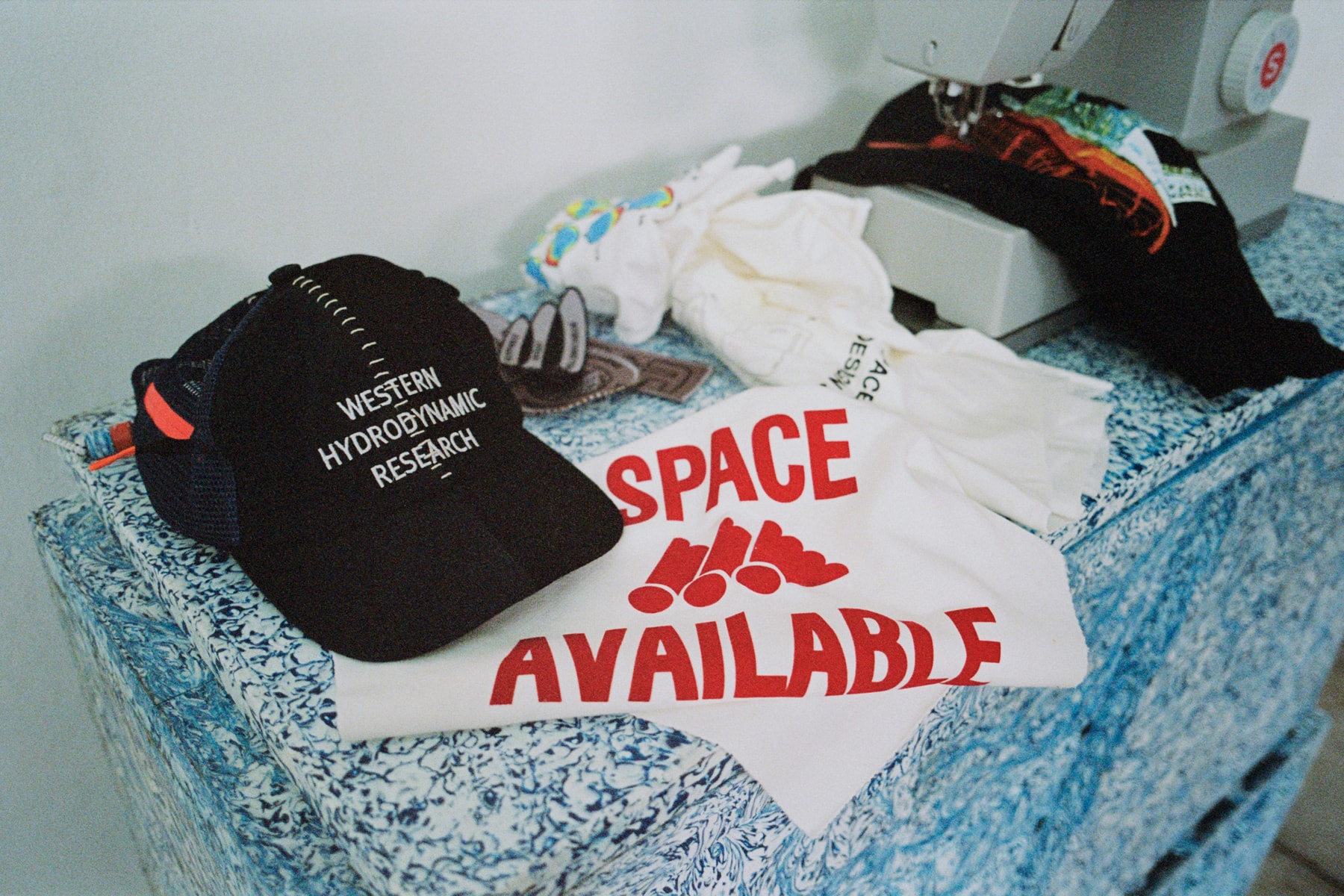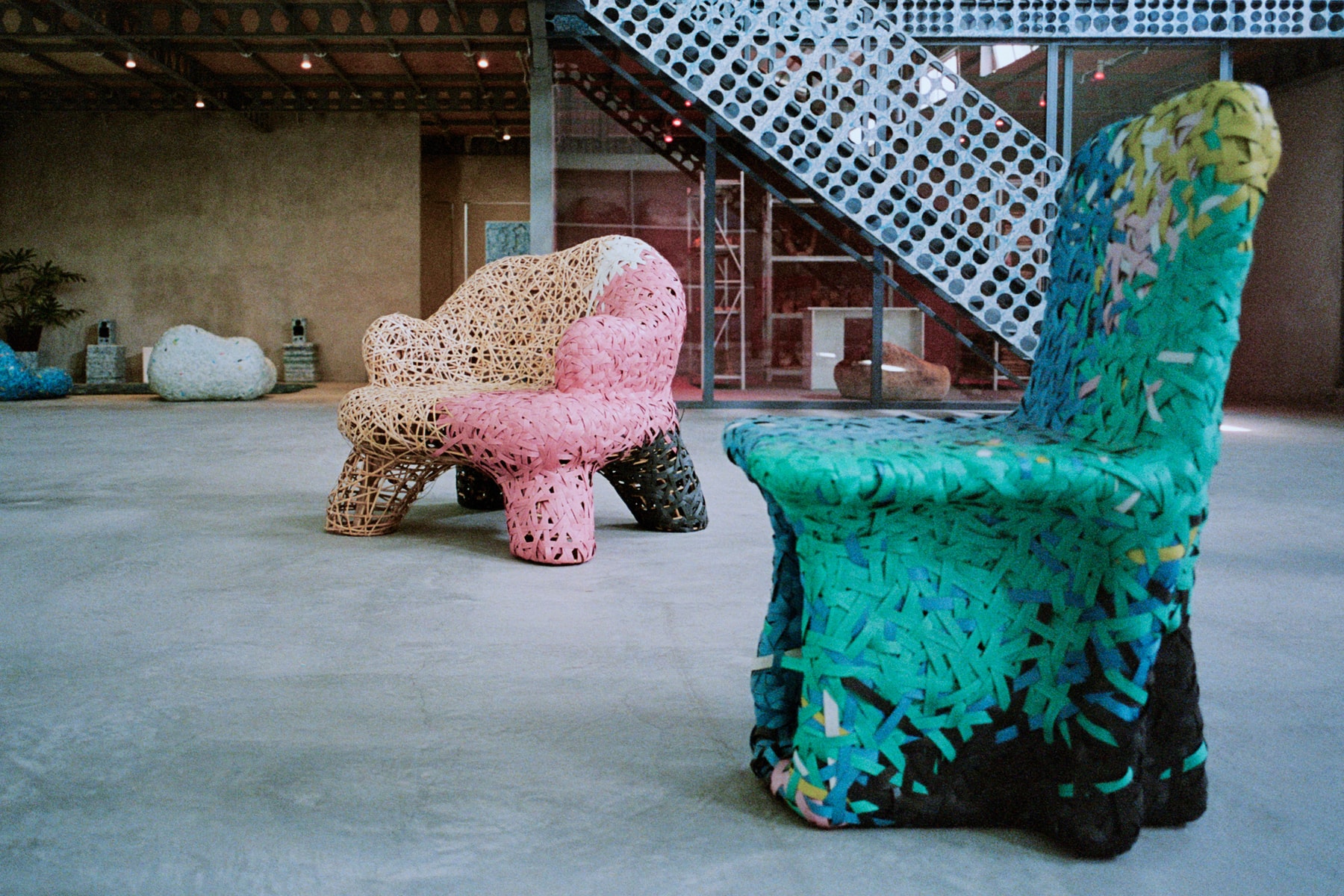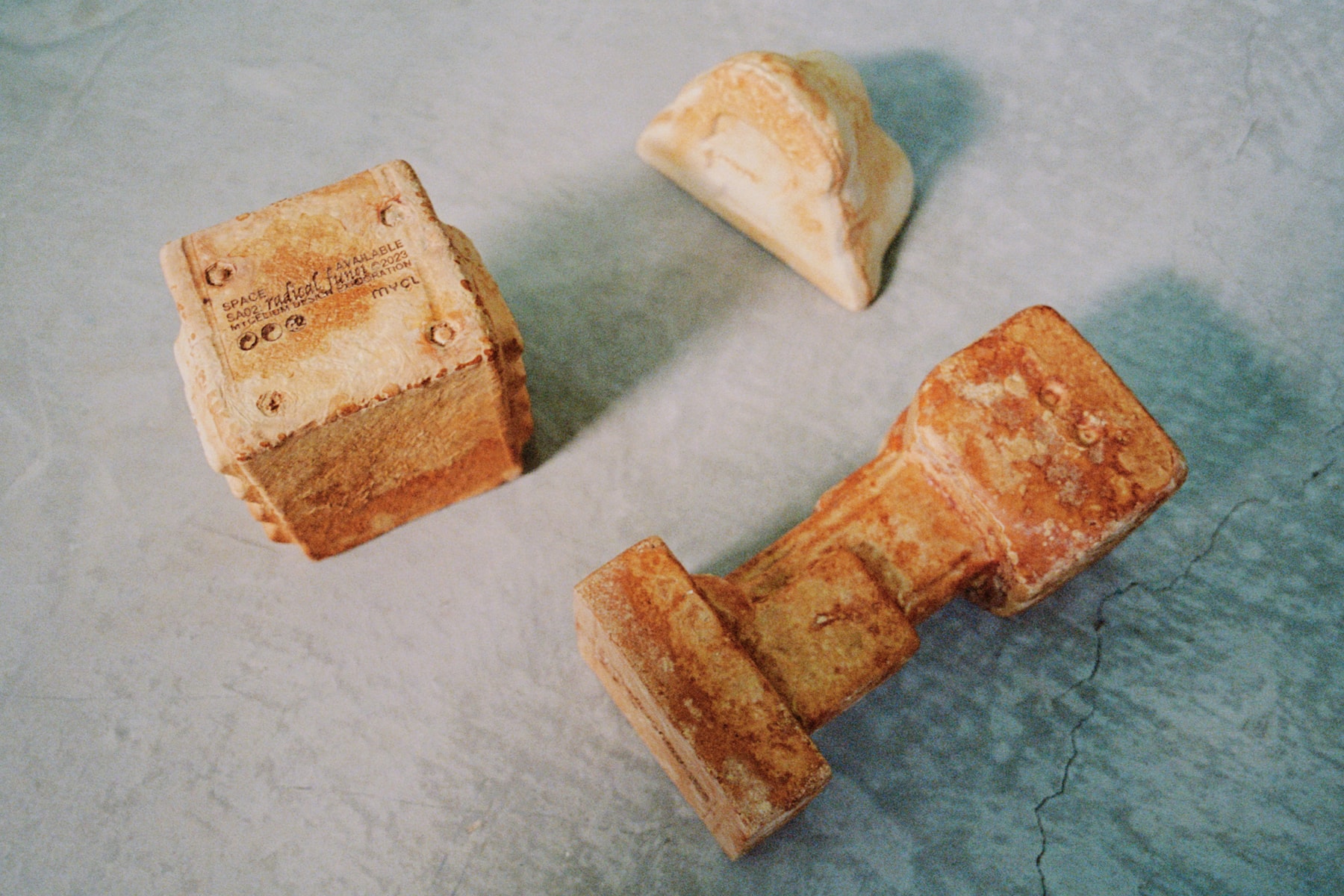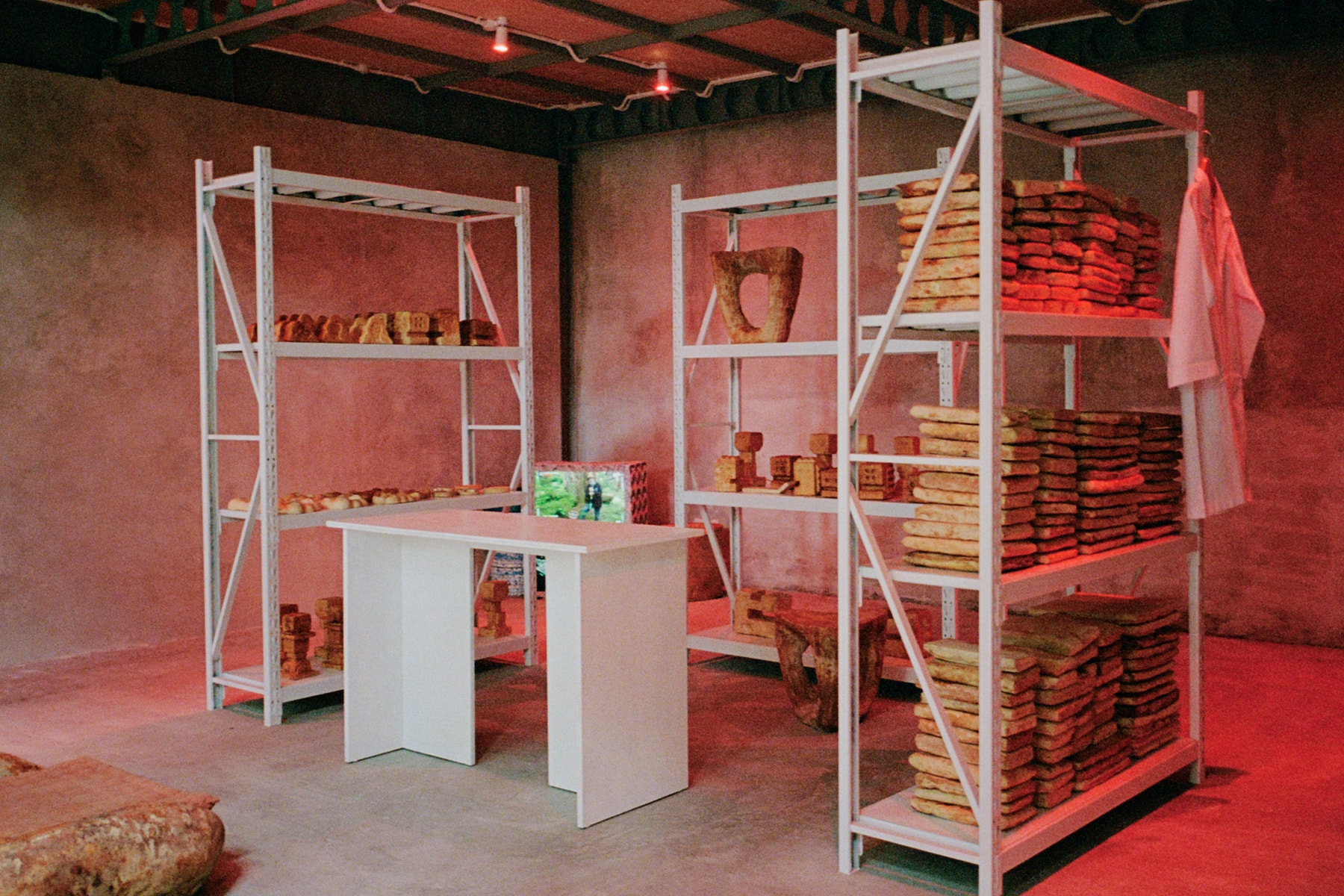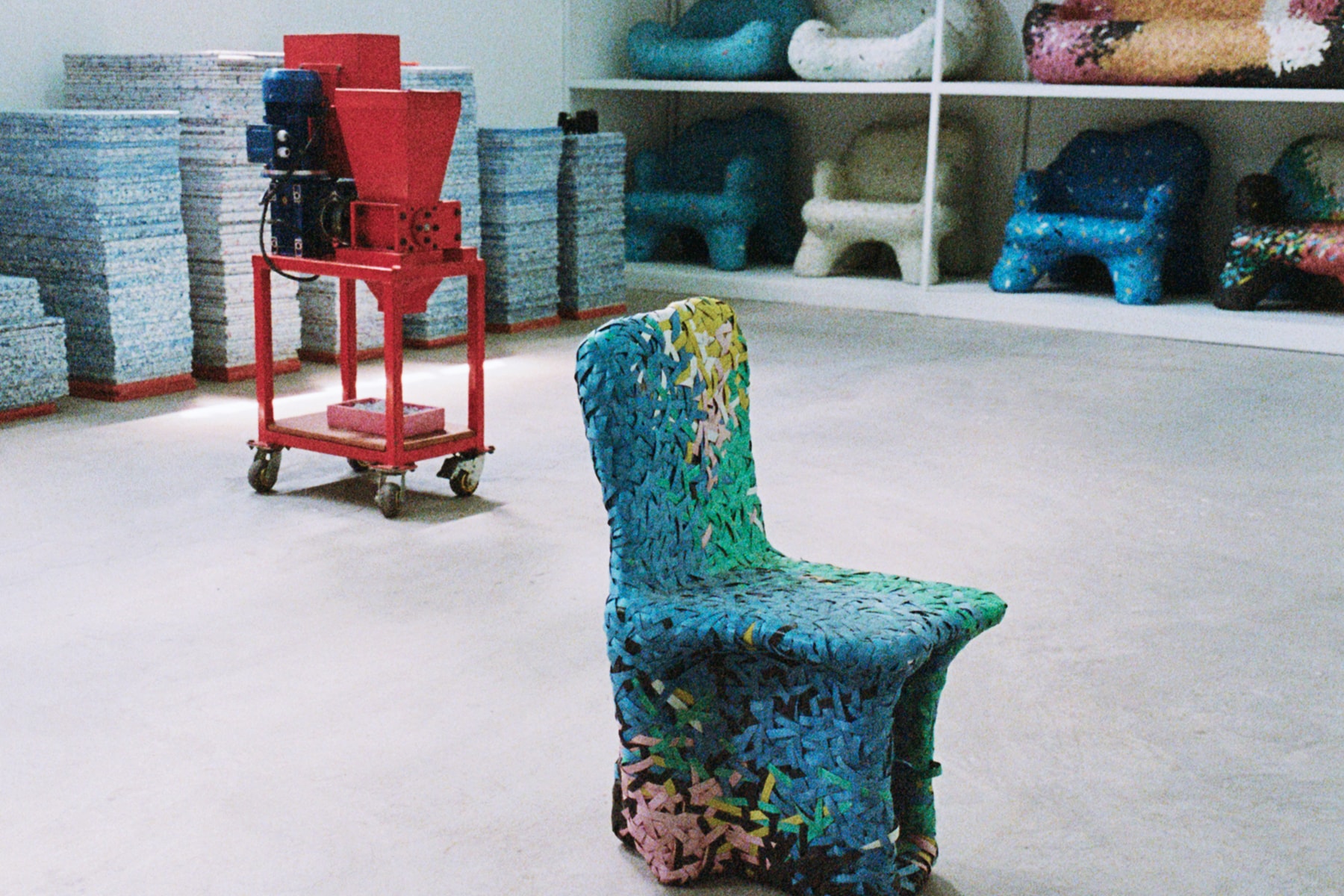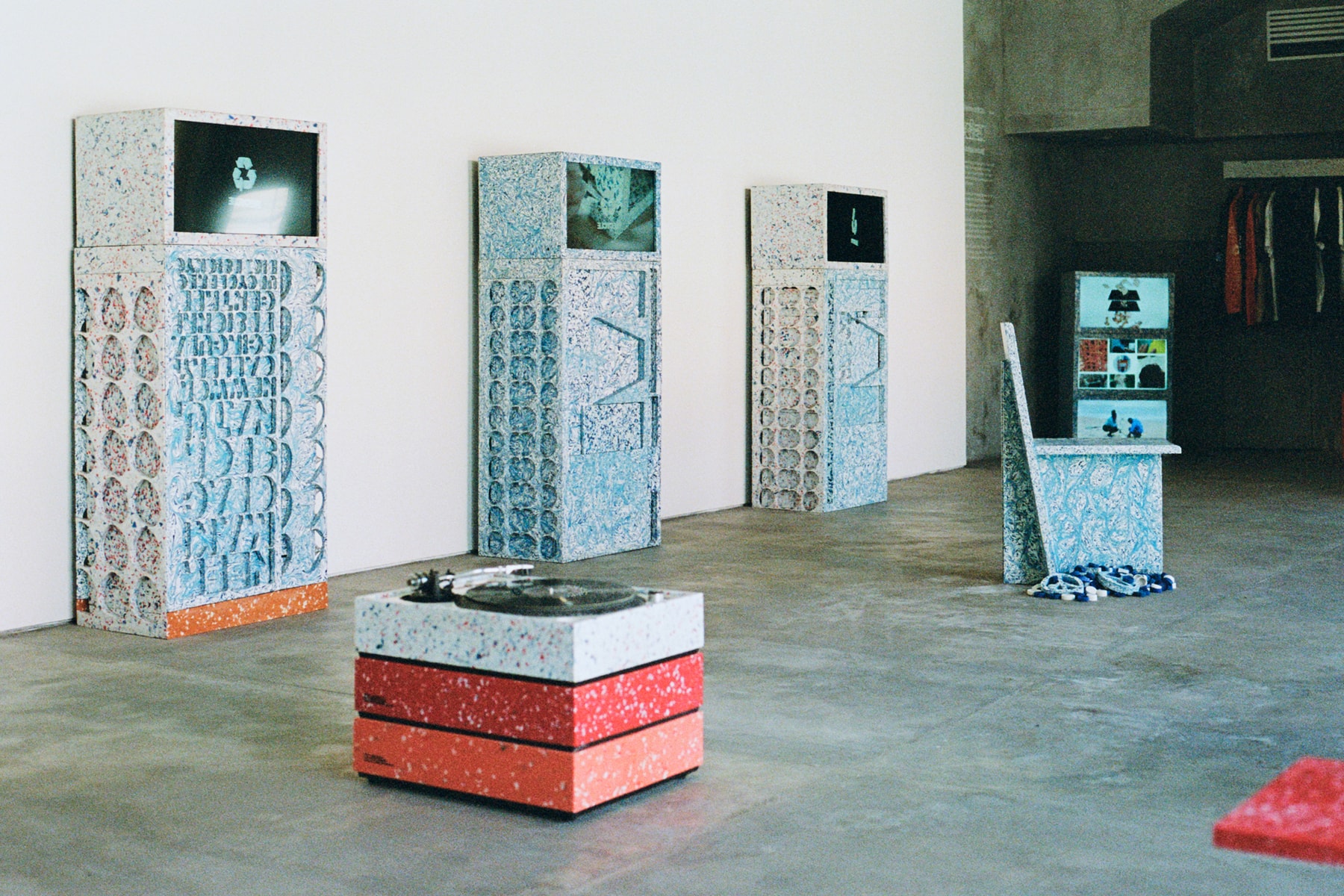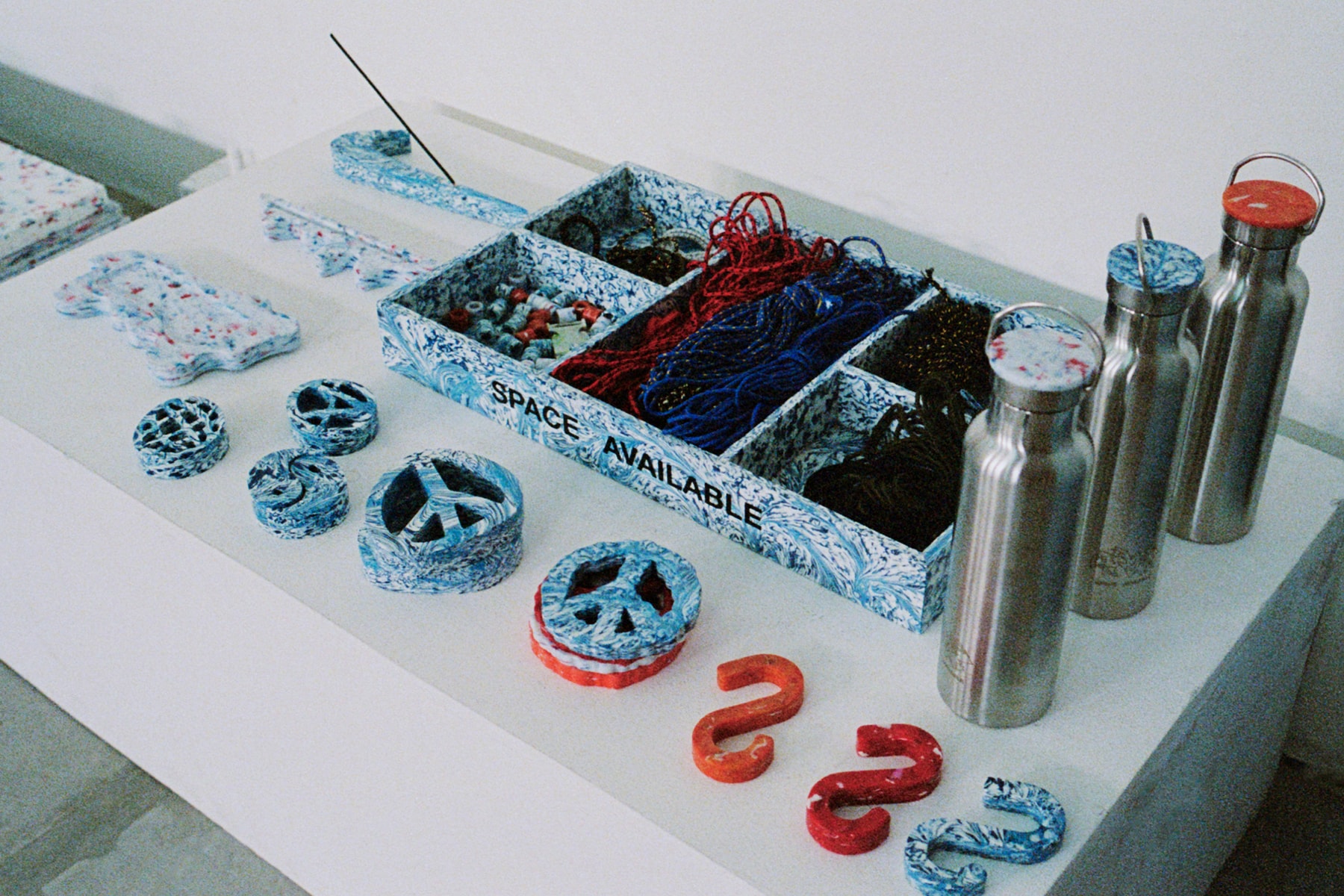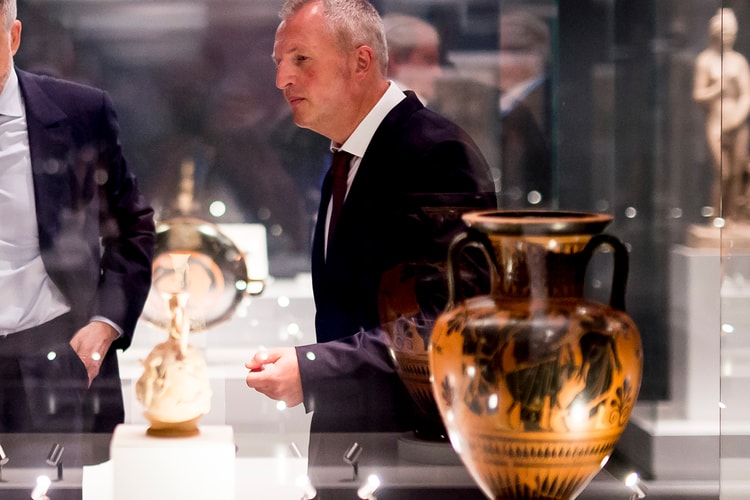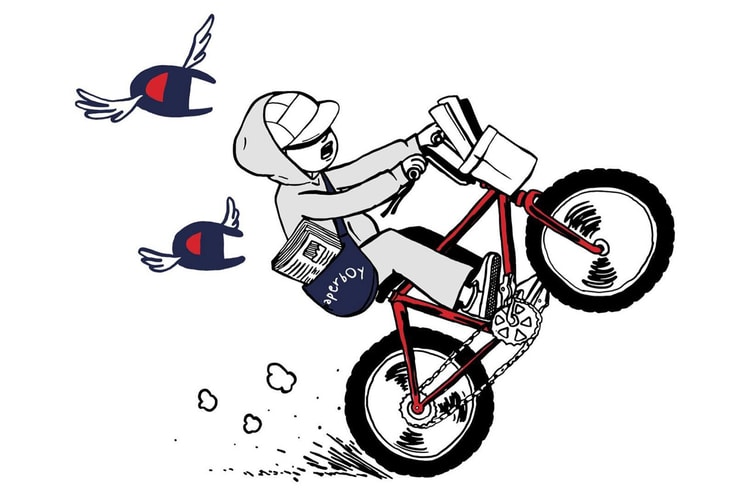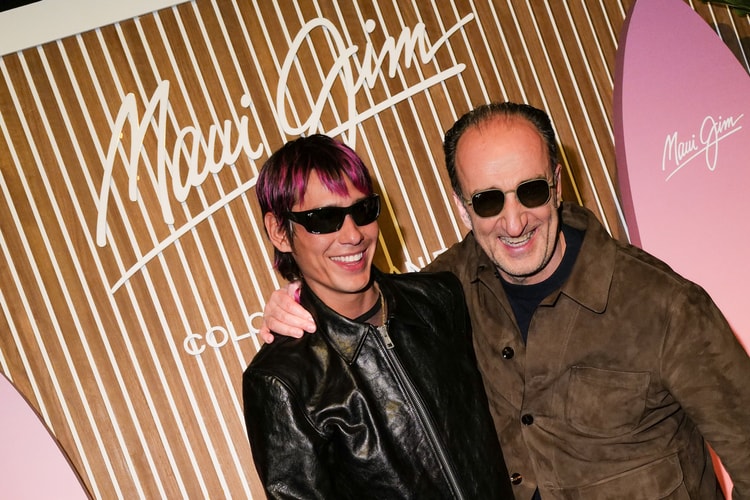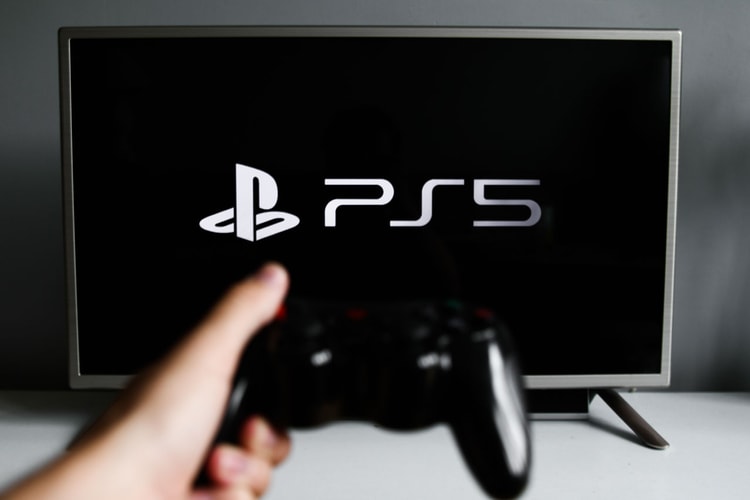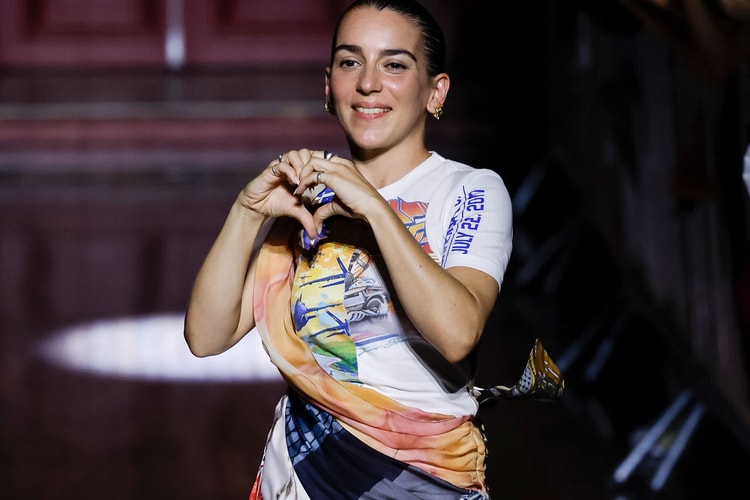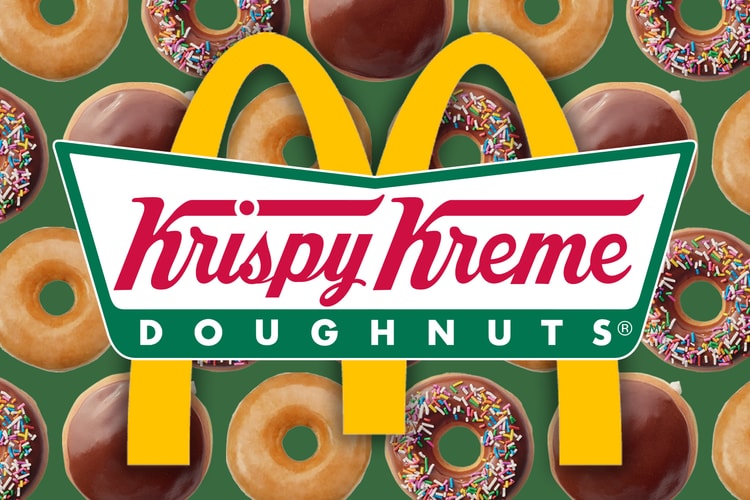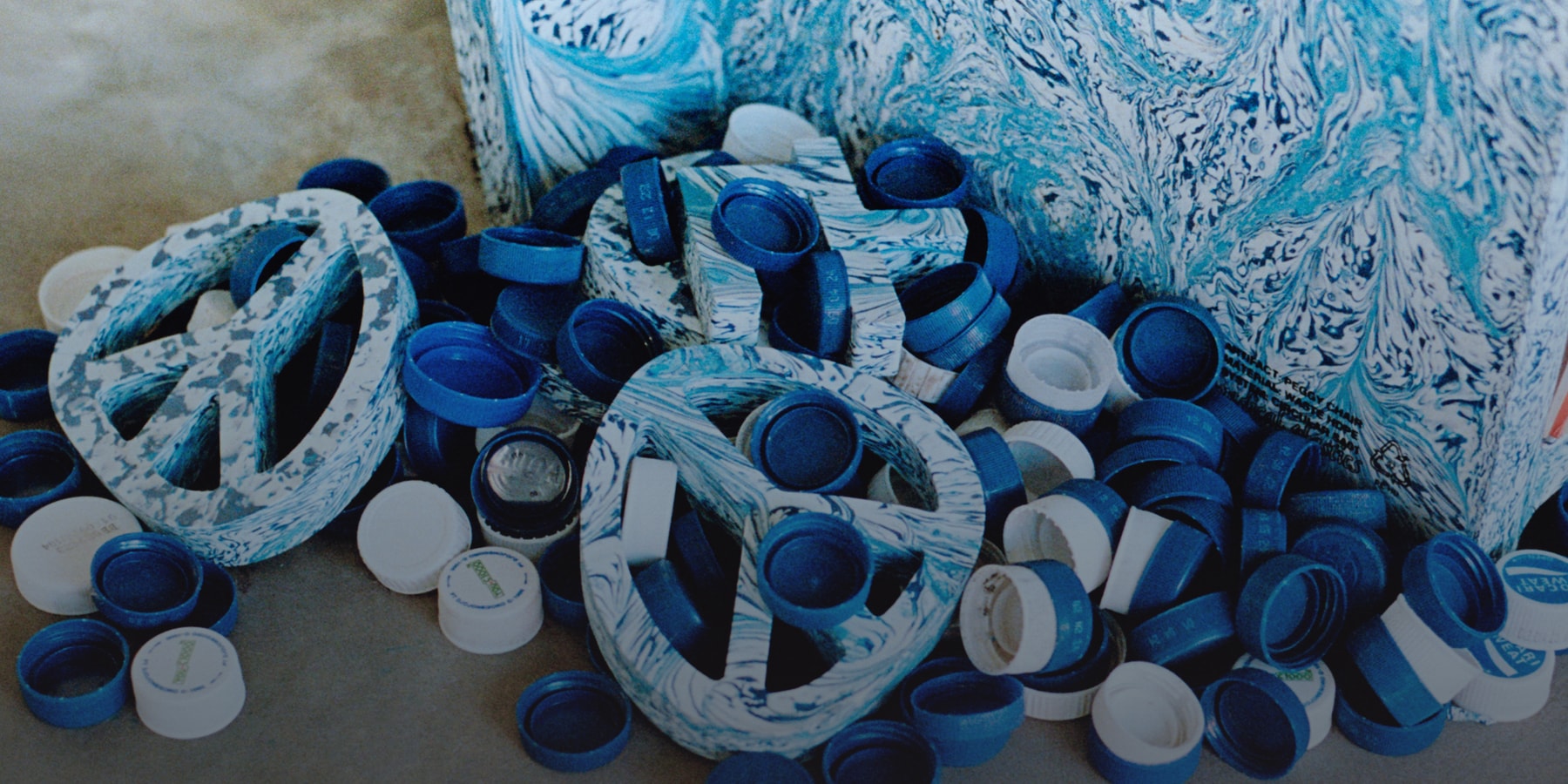

Nestled in Bali, Space Available emerges as a beacon of innovation, redefining our relationship with waste through art and design. Born from a quest for sustainability amidst the chaos of the fashion industry, Space Available’s founder, Daniel Mitchell, embarked on a journey from London to Bali, confronting the global plastic crisis head-on. Out of this awakening, Space Available was born, evolving from a pandemic-induced pause into a force for change.
Central to Space Available’s mission is the Museum of Space Available (MOSA), a sanctuary where waste finds new purpose as symbols of creativity. Through MOSA, Space Available leverages Bali’s physical presence to connect globally, using the internet to inspire collaboration and drive action. From the Circular Design Academy to the hands-on Upcycling Bar, Space Available empowers individuals to reimagine waste as a resource, sparking a shift towards circularity.
Beyond Bali’s shores, Space Available collaborates with artists and brands worldwide, shaping the future of culture through projects that redefine boundaries and challenge norms. From Tokyo to beyond, each endeavor is a testament to Space Available’s commitment to driving positive change.
As visitors engage with MOSA’s art exhibitions and participate in street clean-ups, they become part of a movement, embracing responsible consumption and environmental stewardship. With each recycled masterpiece and innovative collaboration, Space Available invites visitors to rewrite the narrative of design and embrace a future where waste becomes wonder. For our latest ‘Hypeart Visits’ feature, we spoke with Daniel Mitchell to find out more about Space Available, their key initiatives and creative collaborations.
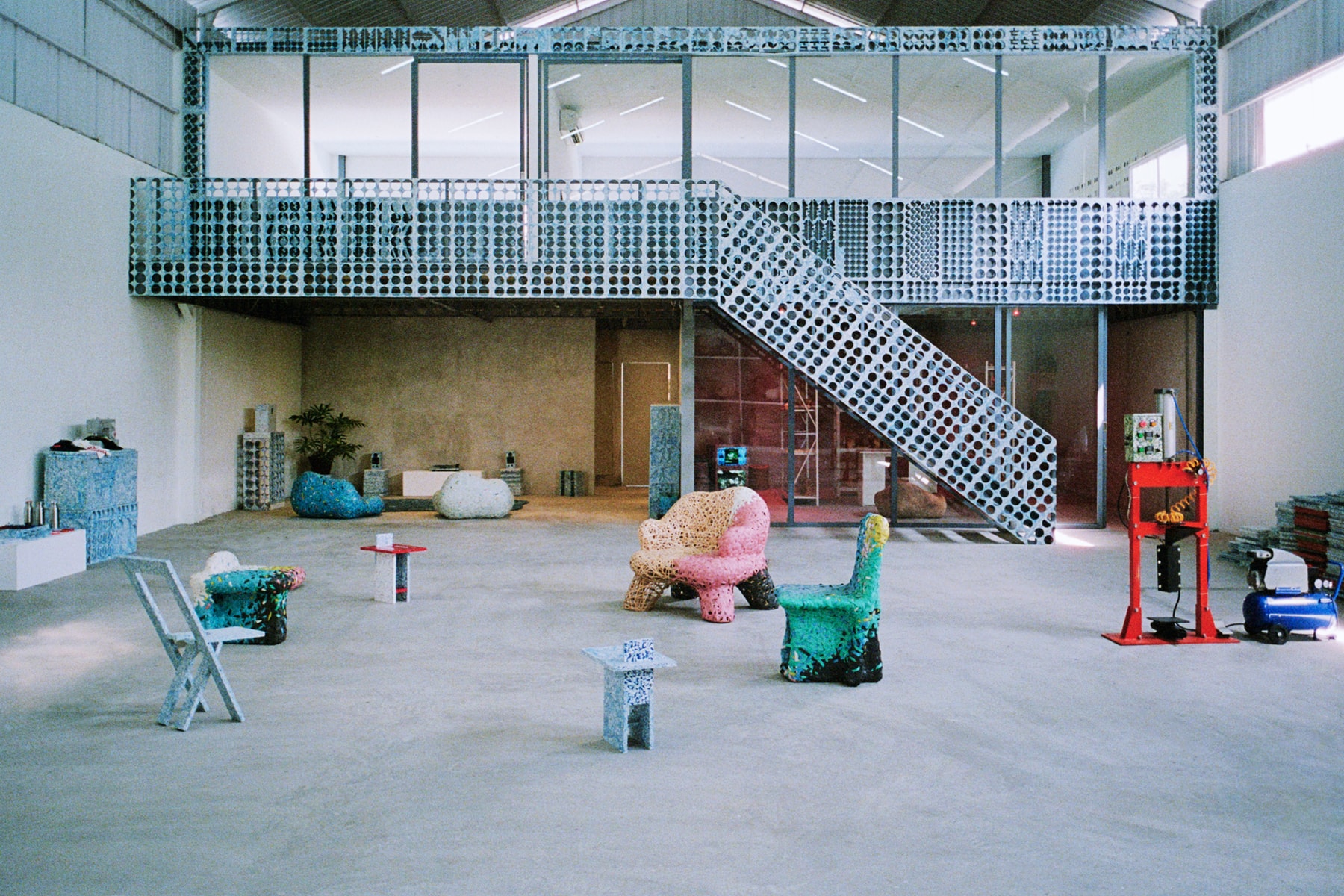
“We aim to inspire others to rethink their relationship with waste…”
Tell us about your origin story.
I was born in Newcastle, England, and later moved to London in my early 20s. There, I co-founded and artistically directed LN-CC in 2009. However, despite living my dream with a successful store, I began to feel disillusioned with the fashion industry due to its negative environmental impacts and fast-paced nature. In 2014, I made a life-changing decision to move to Bali with my wife to fundamentally reconnect with nature and learn about more circular and holistic practices.
When arriving in Bali, I was deeply shocked by the plastic waste crisis, not just on the island but also seeing waste washing in from other parts of the world as wide as the United States and the UK. This realization inspired me to take action. In 2014, I joined Potato Head as Global Creative Director, where we built a zero-waste creative village and hotel, aiming to make positive changes through cultural experiences.
Unfortunately, Potato Head had to close temporarily in 2020 due to the pandemic. It was during this period that I decided to start Space Available. Utilizing the empty space we had been given during lockdown at home to pause, reflect, and think about the future, Space Available was created to reimagine the future of design. We started with a podcast and evolved into a circular design studio, specializing in using waste as a material to reimagine what is considered “waste” and harnessing the power of design to tackle plastic pollution.
Tell us about Space Available’s key initiatives.
One of our key initiatives is the Museum of Space Available (MOSA), which serves as a platform to showcase the value of waste. Traditionally, museums and galleries are seen as places of high value where precious items are displayed, we built MOSA to show that waste can belong in a museum, not in the confines of landfills or oceans.. Through MOSA and our design projects, we aim to inspire others to rethink their relationship with waste and embrace more circular practices using art and design as the vehicle for change.
“Space Available facilitates collaboration and the generation of new ideas through various initiatives.”
How does MOSA use its location in Bali to connect globally through the internet?
MOSA leverages its physical location in Bali to connect globally through the internet by engaging in projects within the web 3 space. We create digital works that not only raise awareness but also help fund physical actions to clean up waste in the real world. This approach allows us to transcend geographical boundaries and collaborate with individuals and organizations worldwide who share our vision for a more circular future.
Can you give examples of projects at MOSA that are about making things in new ways or reusing old materials?
One of the projects at MOSA that exemplifies making things in new ways or reusing old materials is the Plastic People Exhibition. This exhibition was designed to showcase the history of plastic and waste, highlighting how plastic was originally intended to be a sustainable material of the future. However, in more modern times, due to its synthesis into a chemical form and its widespread use as a single-use material, plastic has become an issue, leading to environmental pollution. The exhibition conceptually explores the idea that our overreliance on single-use plastic is turning us into “plastic people,” as we are now inadvertently absorbing plastic into our bodies on a daily basis. This project aims to raise awareness about the environmental and health impacts of plastic waste while encouraging people to rethink their consumption habits and consider alternative, or more circular materials and practices.
How does MOSA help people work together to come up with new ideas?
Space Available facilitates collaboration and the generation of new ideas through various initiatives. One way we do this is by showcasing future possibilities of design, including recycling, upcycling, and exploring alternatives within the biodesign space. Our Circular Design Academy program offers workshops that bring people together to collaborate on new ideas. These workshops serve as a platform for participants to exchange knowledge, share insights, and explore innovative solutions to environmental challenges. Through these efforts, Space Available aims to foster a community of creatives and innovators dedicated to driving positive change through design.
“We work within people and brands within culture to try and inspire and reshape the future of culture.”
What do the Upcycling Bar and Recycling Stations do at MOSA?
The Upcycling Bar provides an experiential way for people to engage with upcycling. Here, visitors can redesign their own clothes with the assistance of the Space Available design team, giving new life to old garments and promoting reuse culture within the fashion and design landscape.
The Recycling Stations at Space Available are used to recycle the trash collected from their weekly street mission clean-ups. This initiative helps clean street waste, but also serves as a visual representation of the importance of recycling and waste reduction through design and creativity . Both the Upcycling Bar and Recycling Stations offer hands-on experiences that educate and inspire people to rethink their relationship to waste
What does MOSA want people to understand about taking care of the planet and using things responsibly?
We just want to show the future possibilities that design can have in creating a better future. By unlocking the hidden value of waste through culture and design.
What are some of the groups that MOSA works with to realize concepts? What is the creative collaboration like?
We work with artists such as Peggy Gou and Alex Olson, and brands such as Nike and Braindead.. We work within people and brands within culture to try and inspire and reshape the future of culture.
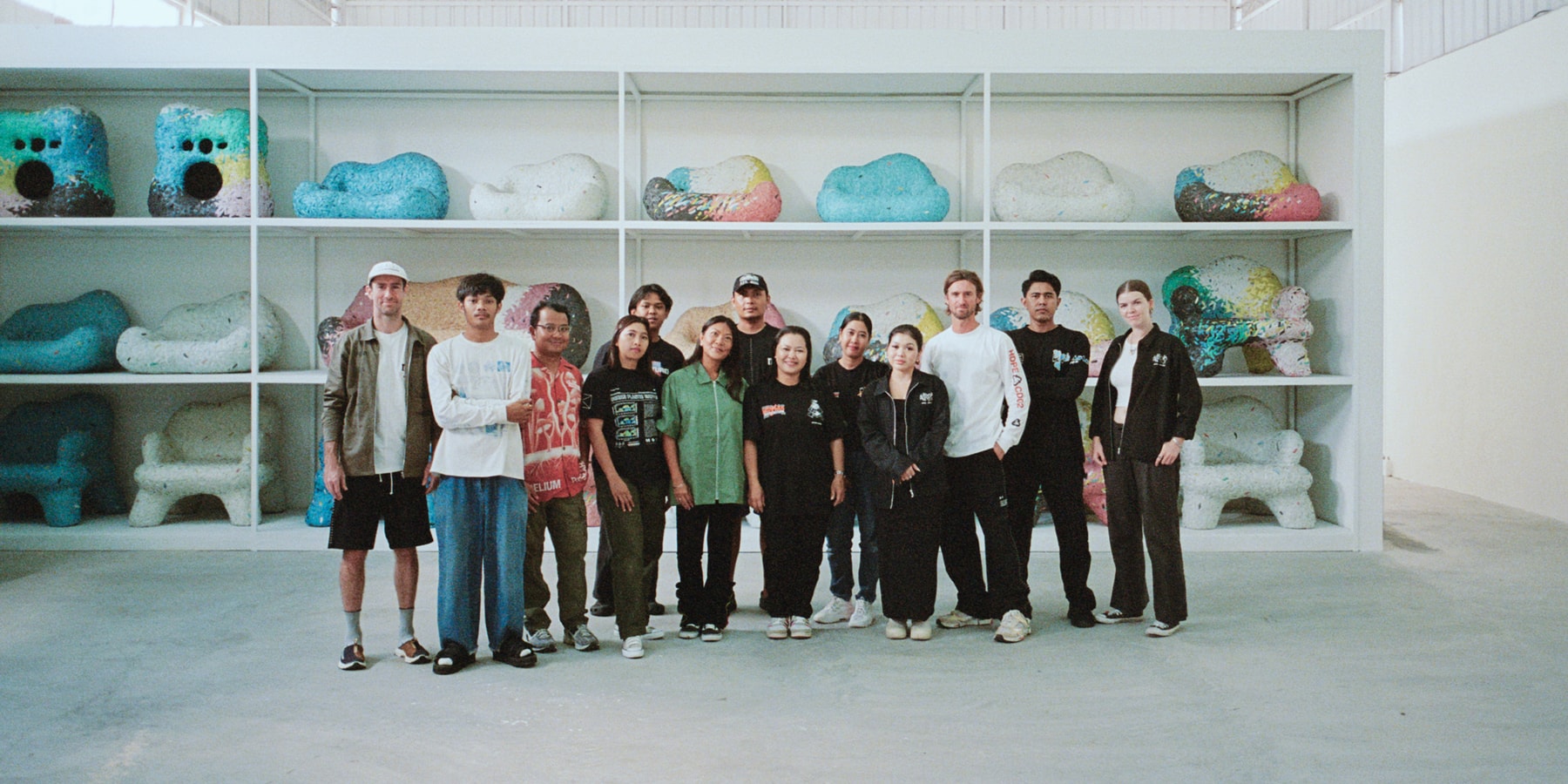
What are your thoughts on the overall, contemporary art scene in Bali?
Yes it’s great. Lots of amazing young local creative and brands starting to grow is always good to see. There is a new generation of graphic designers that are coming through who are pushing boundaries as well as a new group of brands that are starting to make moves globally.
What projects are you currently working on? And anything you’d like to share with our readers?
The Space Available team recently flew to Tokyo to launch a collaboration with WHR (western hydrodynamic research) – a collection made up of upcycling and recrafting over 80 old outdoor jackets into new garments. We also will be doing another collaboration with Peggy Gou on the Peggy chair which we are excited about!
Photos by Michael Kusamadjaja for Hypeart.



